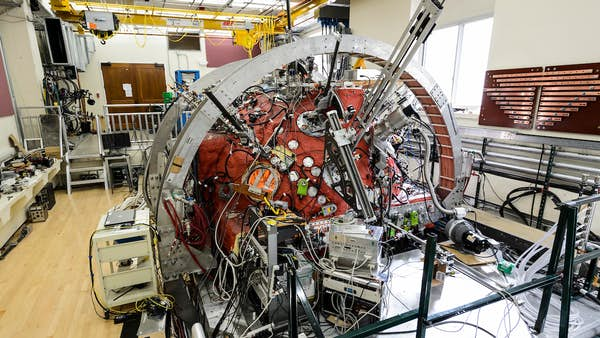For the past quarter century, scientists battled Alzheimer’s disease under a single guiding principle: that protein clumps—beta-amyloid—deposited outside sensitive brain cells gradually damage neuronal functions and trigger memory loss. The solution seems simple: remove junk amyloid, protect the brain.
They could be completely wrong.
Last month, Alzheimer’s disease defeated another promising near-market drug that tried to prevent or remove amyloid deposits, adding to the disease’s therapeutic “graveyard of dreams.” Although the drug removed toxic amyloid, the patients didn’t get better. The failure is once again spurring scientists to confront an uncomfortable truth: targeting amyloid clumps when patients already show memory symptoms doesn’t work. Wiping out soluble amyloid—fragments of proteins before they aggregate into junk—also dead ends.


 00:49.
00:49.




